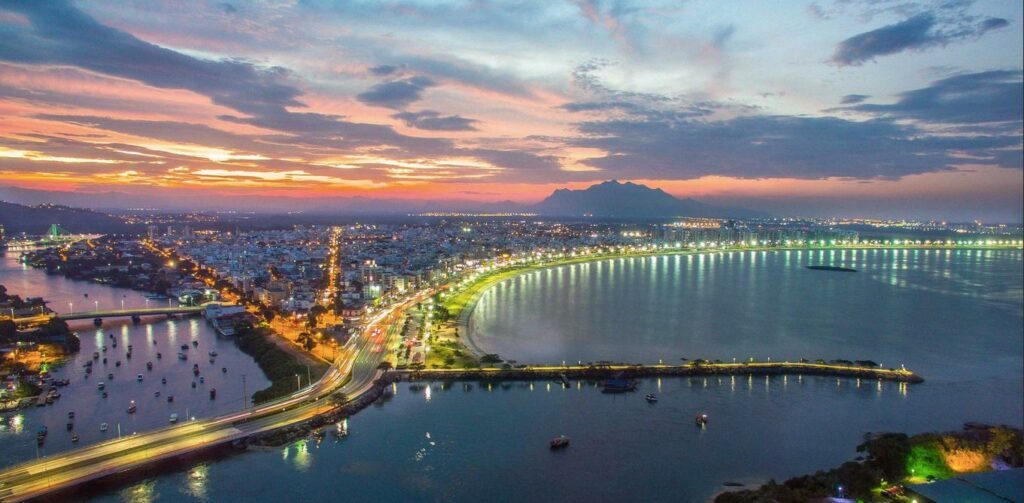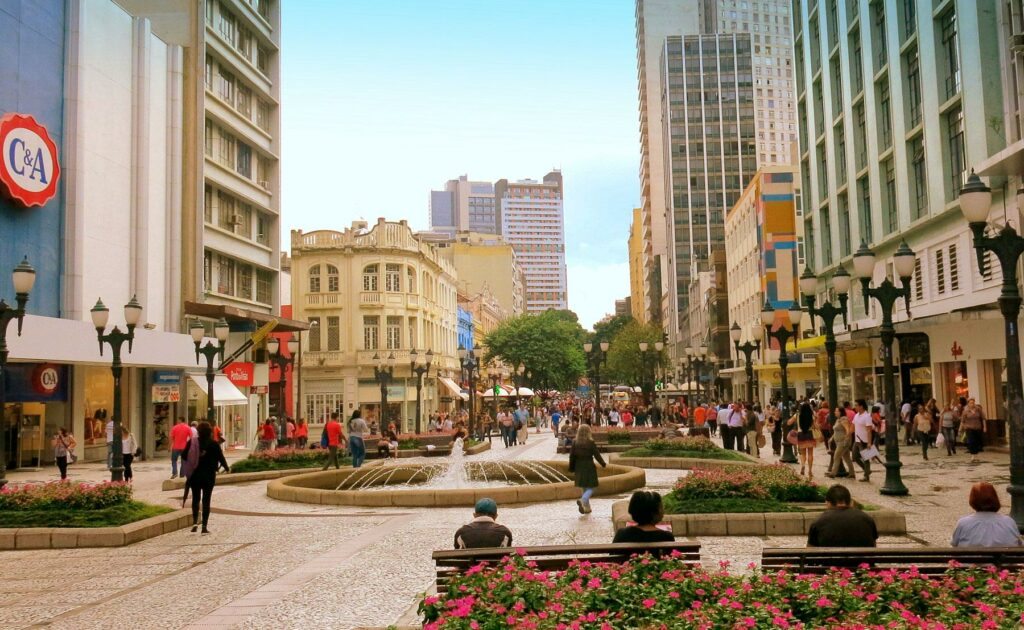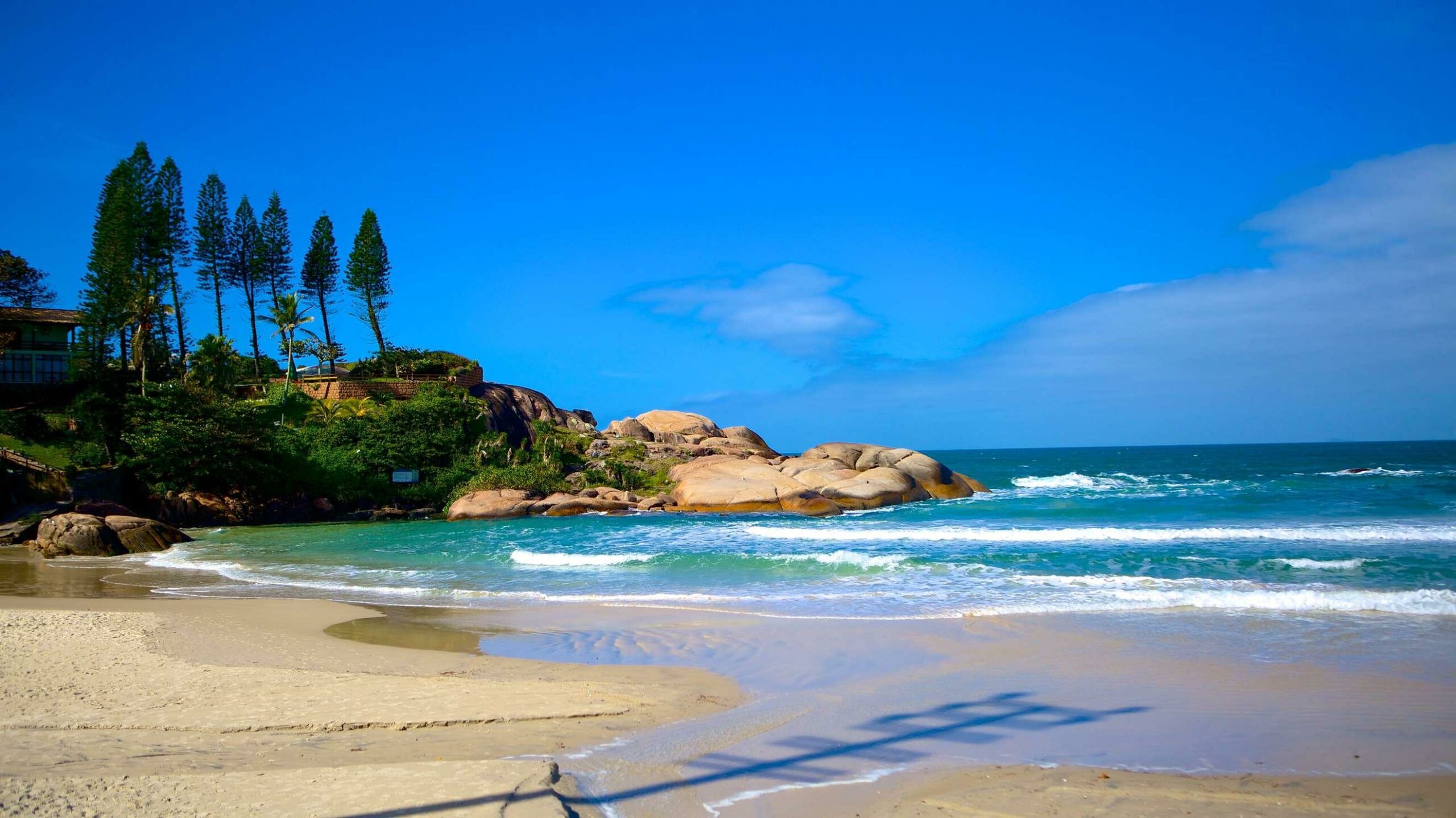Before getting to know the best cities in Brazil to live, keep in mind that Brazil is a diverse country in terms of regions and cultures.
Therefore, choosing the best city to live in can be very challenging without standardized criteria and only with subjective criteria. Therefore, it is necessary to infer personal taste and observe quality of life indicators.
That’s why we’ve created a guide that addresses these points, in addition to cultural and leisure issues, to help you choose a city to live in. We also classified the 3 best cities in Brazil to live in and you will check them out exclusively.
How to choose the best cities in Brazil to live
In this guide, you will be able to understand some basic criteria for choosing the best cities to live in Brazil.
For this, aspects such as IDHM, IDGM, price per square meter and number of residents will be considered.
a) Decide if you prefer to live in an ordinary city or in a capital
Do you prefer to live in the capital or in a normal city? Basically, a capital is a city that, in addition to being large, is the seat of the administration and government of the state. As such, they tend to be more politically and economically volatile, in addition to other characteristics of large cities.
Ordinary cities, on the other hand, can be close to the capital, and can be located on the coast or inland. Several of them are large and may have similar characteristics to the capital in terms of bustle, traffic, etc. However, many stand out for their calmer, more family-friendly vibes.
b) Choose a Brazilian city that has a good Human Development Index
The HDI (Urban Human Development Index) uses a scale from 0 to 1 that is assigned to cities considering three main dimensions: longevity, education and income. Therefore, the better the city, the higher the HDI.
c) Focus on the Municipal Governance Challenge Index
The IDGM (Municipal Governance Challenge Index) is constructed based on 15 indicators, using an index from 0 to 1 to measure the performance of a given city in four different areas, which directly impact the quality of life of the population.
These areas are health, security, education and basic sanitation. Regarding the last point, it is interesting to point out that sustainability issues are included. The survey brings together the most recent data from the 100 largest cities in Brazil.
To define the cities that will be part of the list, cities with more than 273 thousand inhabitants were considered, as they represent about 50% of the Gross Domestic Product (GDP) of the country. Currently, the index from 0.640 has entered the top 50 list. stay tuned!
d) For more modern cities, observe the position in the ranking of connected smart cities
The Connected Smart Cities ranking aims to analyze several different concepts of smart cities, taking into account the technical aspects of sustainable development. Therefore, the concept of interconnection is very broad and covers many fields.
Therefore, the research is based on the assumption that cities can only be considered truly intelligent and developed when there is connectivity between several important areas and investments are made in a balanced way.
The survey is made up of 75 indicators organized into 11 thematic axes. It considers cities with more than 50,000 inhabitants and assigns a score to each indicator to arrive at the final score. Currently, the score of 34500 has already entered the top 20 of the leaderboard!
The 3 Best Cities in Brazil to Live in 2023
Living in the capital offers a number of advantages, such as exposure to culture and a wide range of leisure activities.
However, they face broader management challenges and the cost of living can be high. Below, check out the 3 best cities in Brazil to live in this category!
1- Vitória, Espírito Santo
The capital of the state of Espírito Santo is formed by an archipelago of 33 islands and the mainland. Its coastal landscape captivates newcomers, but what makes Vitória the most livable capital in Brazil is the quality of life represented by the highlighted indicators.

In addition, the city offers a wide range of cultural and leisure options. Among traditional events and historical and cultural spaces, the capital of Espírito Santo also stands out for its monuments, such as the Carlos Lindenberg Bridge and the Vitória 360 Graus sculpture.
Another aspect worth mentioning is the ease of transportation within the metropolitan region, made up of six municipalities.
It should also be mentioned the strategic location of Vitória relatively to the southeast, allowing easy access to other urban centres.
2- Best Cities in Brazil to live – Florianópolis in Santa Catarina
Florianópolis, with its paradisiacal beaches and cultural and leisure options for all tastes, is a city to live for what it has to offer. Another positive point is its low population density compared to other capitals.

In addition, those looking for technology-based job opportunities will find an excellent option in Florianópolis.
This can be considered the backbone of its economy, which is also based on tourism, thanks to the more than 100 beaches in the area.
However, a point that must be observed is the value of the square meter in the capital of Santa Catarina. Settling a house in the city can be difficult for someone looking to buy a house or apartment due to the very high prices of real estate.
3- Curitiba in Paraná
The capital, Paraná, can be considered one of the most livable capitals in Brazil, as it stands out in terms of quality of life.
Therefore, its ranking in many indicators, such as the IDGM, has improved year on year, ranking first in the capital’s IDGM in 2021.

In addition, Curitiba is surrounded by green areas with more than 30 parks and forests, such as Bosque do Alemão and Parque Tingui.
The city also has historical attractions such as the XV Street cable car and the Ukrainian Memorial, bringing people closer to its history and culture.
Finally, it is interesting to note that when it comes to public transport, Curitiba has always been praised for the quality of its bus lines, becoming an international reference in urban transport.
